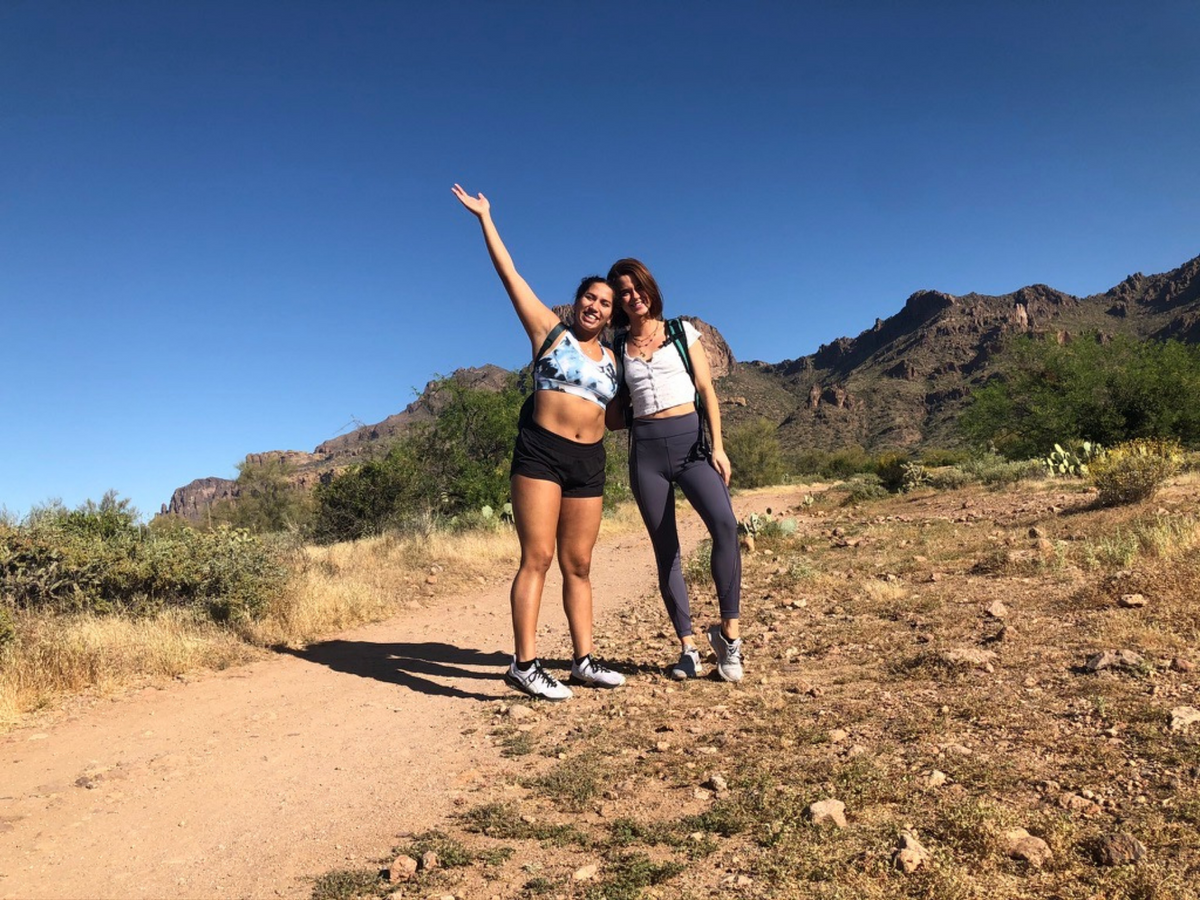I know you’re probably wondering, “How much water should I be consuming to keep me hydrated during this insane heat we have in Arizona?” Well look no further, you’ve come to the right place!
Staying hydrated will help maintain your brain function and energy levels. Remember, our bodies are made up of nearly 60% water, and as we breathe, sweat, and go to the bathroom throughout the day, we’ll need to replenish.
A good rule of thumb, according to Health Line, is to drink eight glasses of eight ounces per day (the 8 x 8 rule). You can also drink about 2/3 of your weight in ounces, adding more for your activity level. Either way you look at it, you will be staying hydrated!
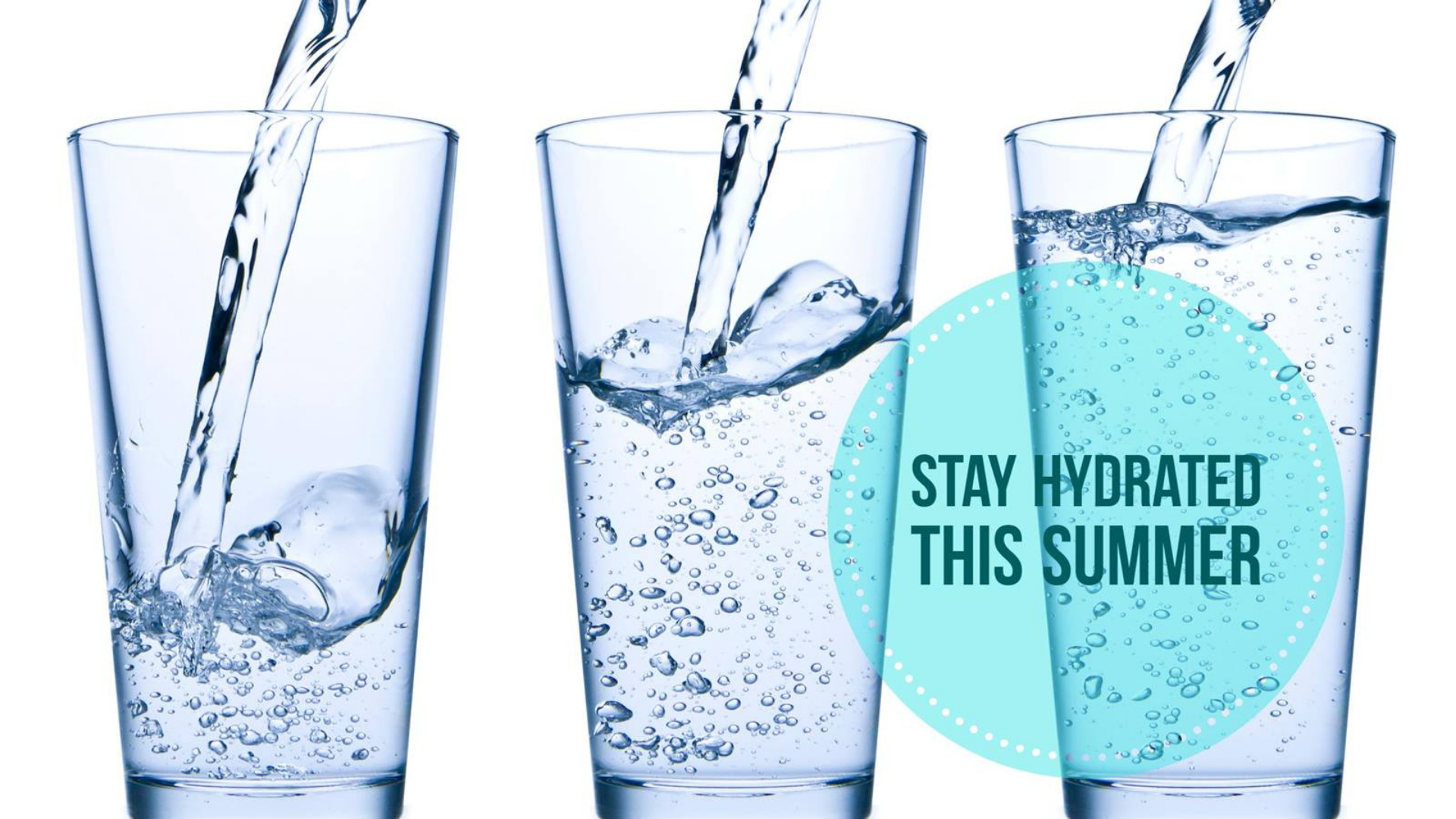
Living in hot climates like Arizona, you will expend more energy than normal from the brutal sun, especially with our dry heat. So you’ll want to drink more than the recommended amount of water or caffeine-free liquids to stay hydrated.
Heat stroke and heat exhaustion is unfortunately, a very common issue during our summers here in Arizona. When we take hikes in the middle of the day, our bodies become even more at risk for these common heat related illnesses.
How to Avoid Heat Stroke and Heat Exhaustion
Pack PLENTY of water on your adventures. The Wildjoy Way is packing 3 times the amount of water you think you will need on your hike. Once you have gone through half of your water supply, it's time to turn around. A hydro-pack style backpack or large reusable water bottles are great for this. If you happen to be using plastic water bottles, DO NOT leave them on the trails, pack out what you pack in!!
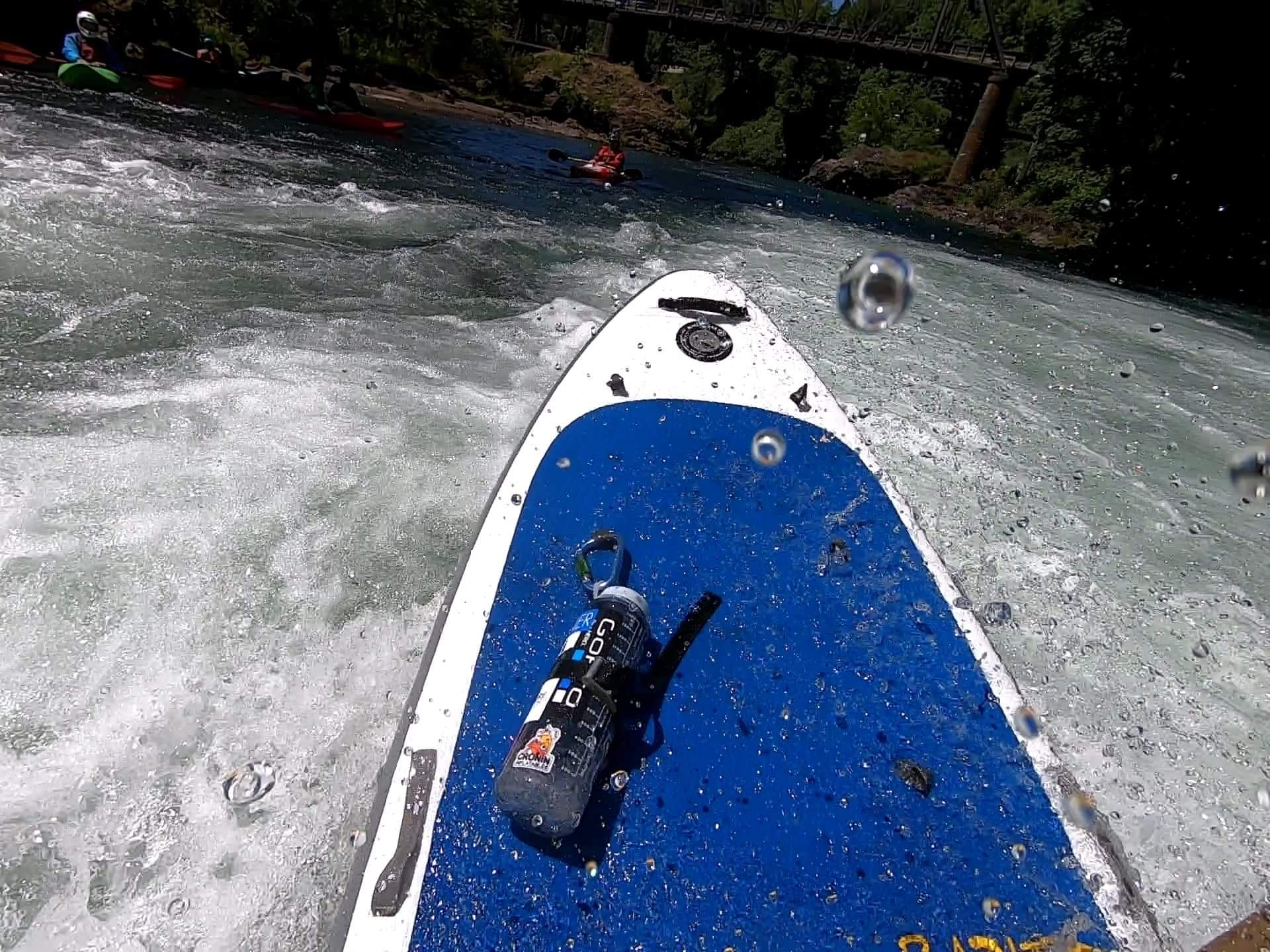

Wear sunscreen. Not only will this keep your skin healthy, but sunburn affects your body’s ability to regulate its temperature. Look for water-resistant or sweat-proof sunscreen and don't forget to reapply!
Wear loose clothing. Tight clothing is constricting, affecting your body's ability to regulate its temperature, especially during the heat. Light colored clothing is ideal for deflecting the heat and sun.
Avoid hiking during the hottest parts of the day. Early morning is the best time to start longer days of adventure. The evening is suitable for short hikes and adventures. You do not want to get stuck on a trail after the sun sets! There are no streetlights out there.
Common Symptoms & Warning Signs
Heat stroke and heat exhaustion are both caused by a person’s body overheating, normally with a fever reaching upwards of 104 degrees Fahrenheit. The easy to identify difference between the two is sweat. Someone suffering from heat stroke will show little to no sweat, while someone suffering from heat exhaustion will be sweating profusely. Additionally, heat stroke is accompanied by a fast heart rate, while heat exhaustion is accompanied by a slow heart rate.
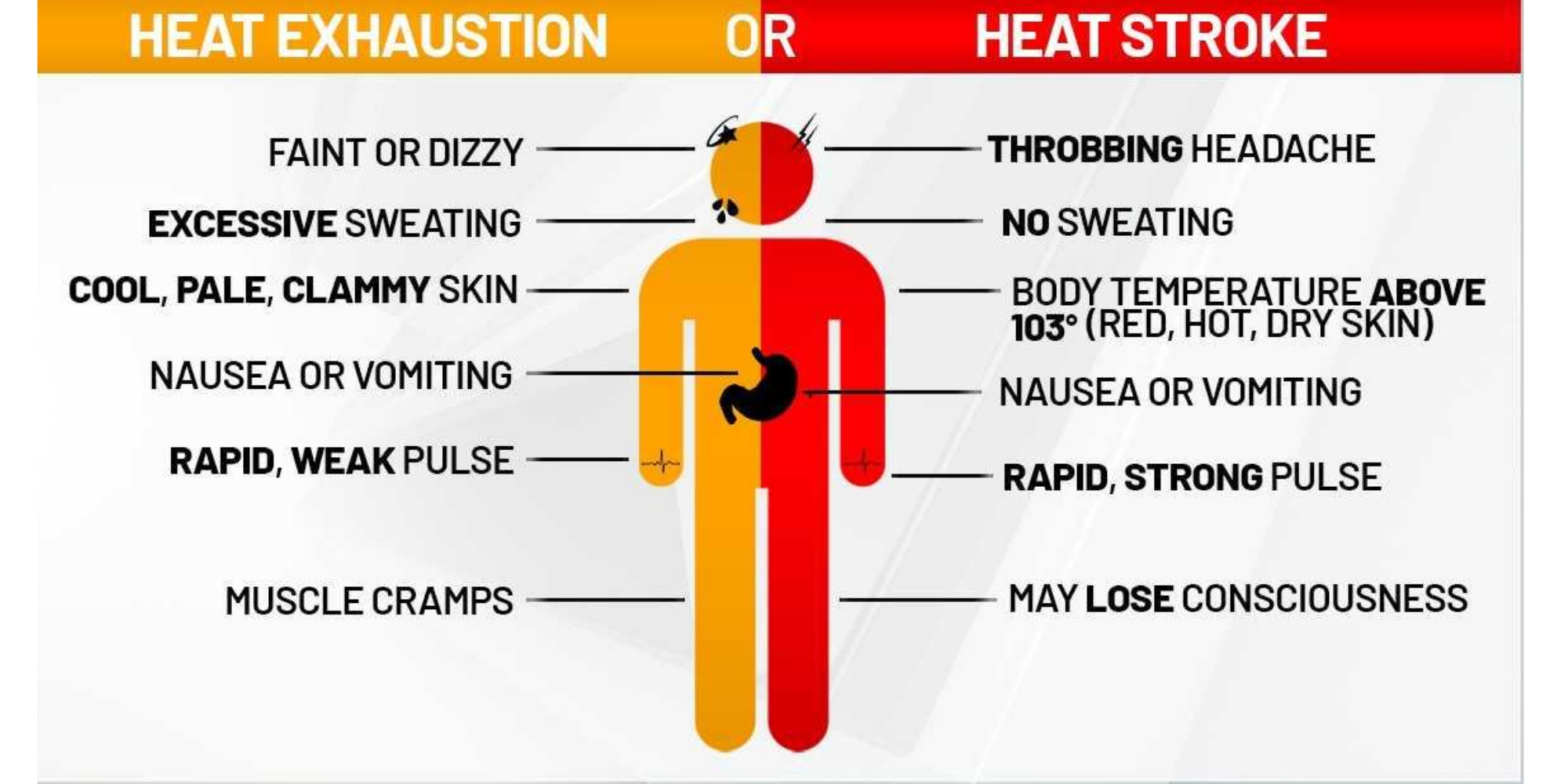
Common symptoms of heat stroke are confusion, dizziness, fatigue, headache, shortness of breath, rapid heart rate, hot or red skin, blood in urine or stool and nausea/vomiting.
Common symptoms of heat exhaustion are fainting, slow heart rate, fatigue/weakness, dizziness, cool and clammy skin, agitation, confusion/anxiety, and muscle aches/cramps.
Be sure to know and understand these common signs for heat stroke and heat exhaustion, it may save someone’s life!
What to do if Someone Develops Heat Stroke or Heat Exhaustion
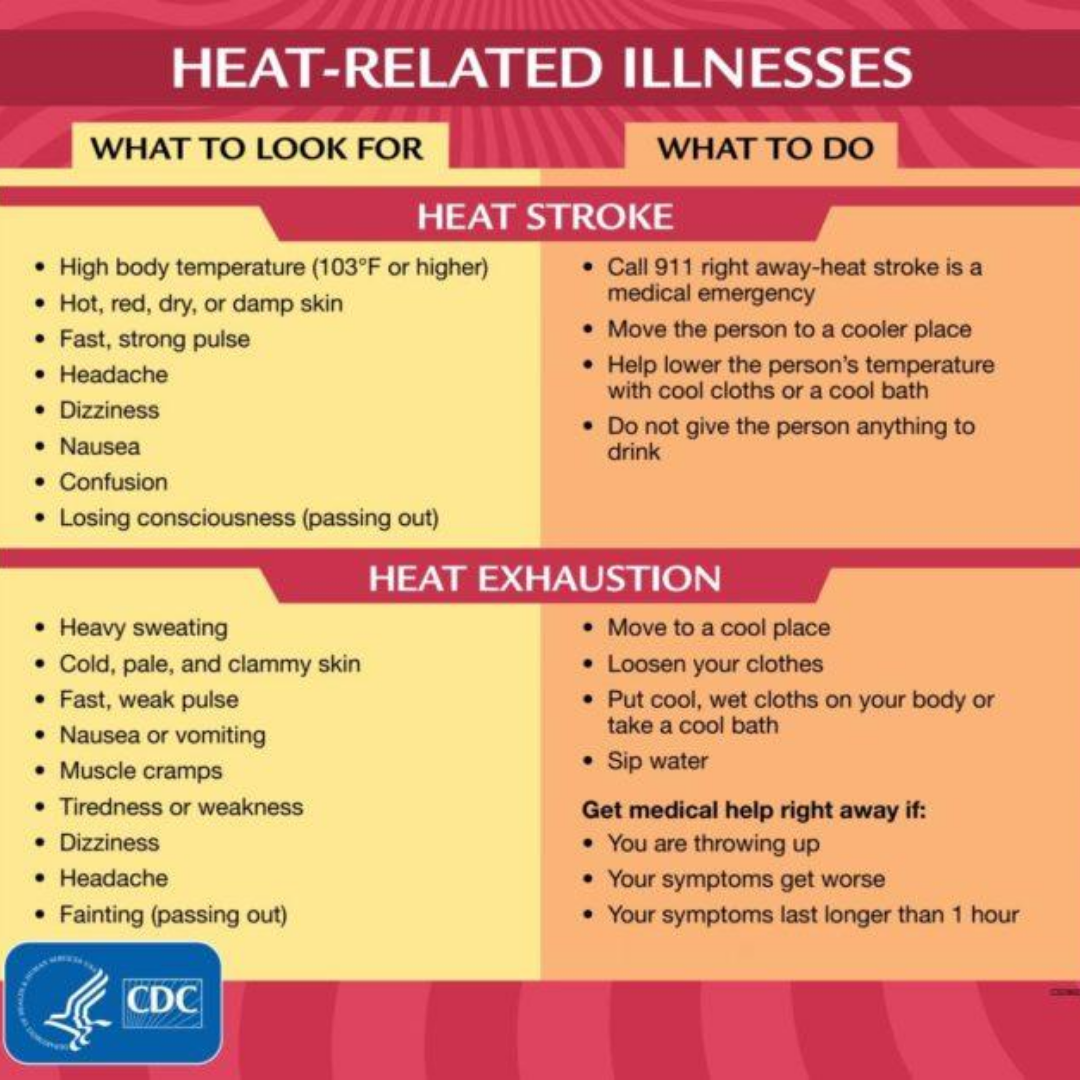
If you believe you or someone you know has developed heat stroke or heat exhaustion, trust your gut because you’re probably right!
If the person is displaying symptoms for heat stroke, call 911 right away. Heat stroke requires medical attention! Bring this person into the shade and provide them a damp cloth or ice to help lower their body temperature. DO NOT, however, give them anything to drink!
If the person is displaying symptoms for heat exhaustion, you do not need to call 911 right away. Call 911 if the person is throwing up, the symptoms are worsening, or the symptoms lasts more than an hour. To prevent their symptoms from worsening, bring this person into the shade, and provide them with a damp cloth or ice to help lower their body temperature. Also, provide them water to sip on.
Remember to stay hydrated and don’t overdo it!
xx- Lacy

